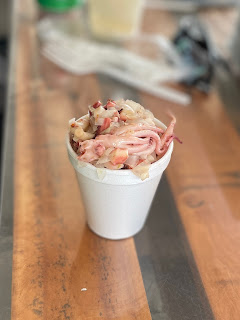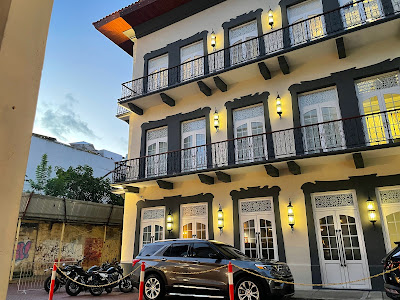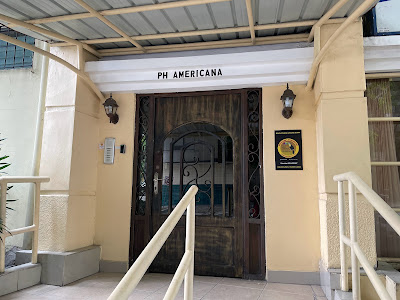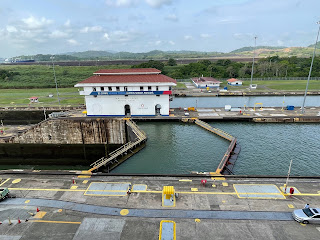Nearly a year later I can report that we’ve adjusted and re-adjusted our expectations, learned a lot about Panama, and regret nothing. Friends and family keep checking in, but as of this writing we’re here to stay.
 |
| Panama Bay |
In the U.S., meanwhile, political unrest, gun violence, and extremist decisions by the Supreme Court have only strengthened our belief that retiring in Panama was the right move for us.
This small Central American country of 4.5 million has it all—sleek glass skyscrapers, stucco homes with red terracotta roofs and wrought-iron balconies, corrugated metal stalls, and crumbling stone ruins. Indigenous women sell hand-sewn molas in the parks, there’s a mini-mart on every corner, and luxury retail stores fill the city’s modern shopping malls.
That contrast extends to the environment. Panama is one of only three “carbon negative” countries in the world, thanks to 63% forest coverage that captures more gas than the country emits. The largest wind farm in Central America is in Penonome, and wind accounts for 7% of Panama’s power generation capacity.
We had heard stories from travelers before us that it would be easy to live on a fraction of the monthly budget we were used to paying in the U.S. And in some rural areas of Panama that's probably still true. But there's a catch: development comes at a cost.
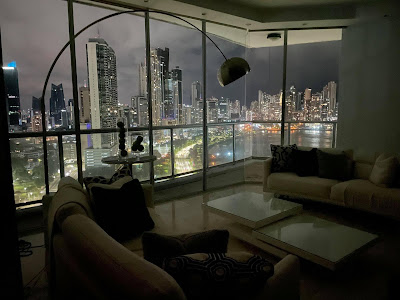 |
| View of city at night |
Indeed, the capital of Panama was ranked as the third most expensive city in Latin America to live in, after Buenos Aires, Argentina, and Montevideo, Uruguay, the La Prensa newspaper reported in June.
Since 2021, Panama has risen from the 117th most expensive city to live in globally to the 107th most expensive, La Prensa said, citing the latest ranking from ECA International, a consulting firm that has published cost of living reports since 2005.
But bottom line, except for the occasional protest, Panama remains an affordable, comfortable, and peaceful place for us to live.





